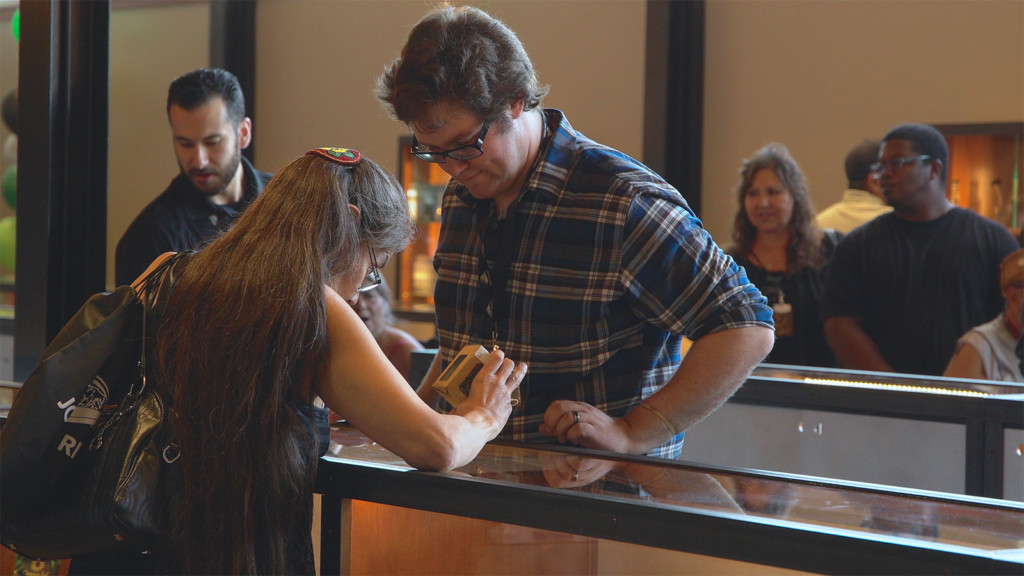Cannabis dispensaries can increase the value of homes around them, a new study shows.
Colorado State University (CSU) professors studying what effects dispensary openings had on home prices in the Denver metropolitan area found that a dispensary increases home sale prices by an average of 7.7 percent for properties within one-quarter mile, or about 400 meters.
The study, The Effect of Marijuana Dispensary Openings on Housing Prices, was published in November 2018 in the journal Contemporary Economic Policy. The results surprised one of the authors of the report, who called the 7.7 percent increase “statistically significant.”
“I would have guessed that dispensaries would have a negative effect on housing prices,” Jesse Burkhardt, an assistant professor in CSU’s Department of Agricultural and Resource Economics told Weedmaps News. “It was a fairly robust finding that dispensaries increase housing prices.”
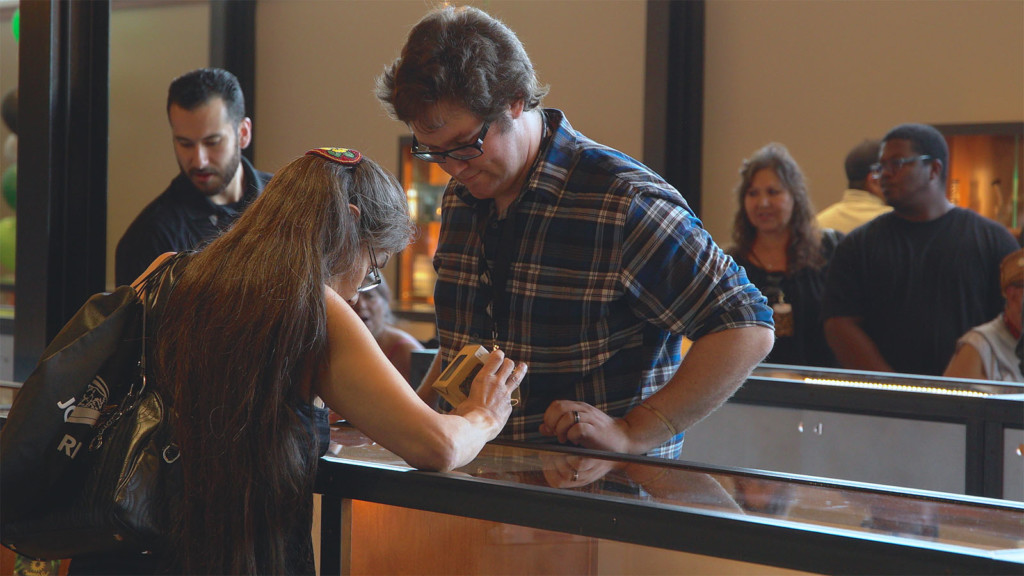
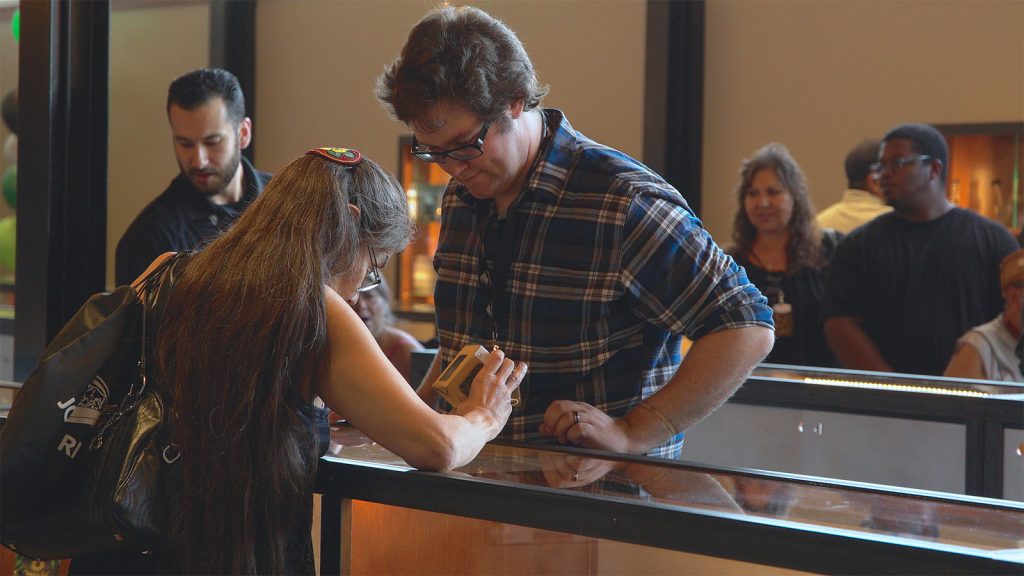
Dispensary openings have garnered positive and negative opinions from the public for the perceived effects they’ve had on their communities. In Colorado, revenue from marijuana taxes, licenses, and fees totaled more than $725 million between 2014 and April 2018. On the other hand, there are those who say adult-use legalization leads to more dangerous roads.
The Insurance Institute for Highway Safety in an October 2018 study looked at recreational marijuana sales and police-reported crashes in the three early legalizing states of Colorado, Oregon, and Washington. That study found that legalization was associated with a 5.2 percent higher rate of crashes, compared with neighboring states that did not legalize retail sales.
Burkhard and his co-author, Matthew Flyr, a master’s student in the department, examined various data-points on home prices across several communities to verify the impact, he added.
“It seems to be a real effect,” Burkhardt said.
Anthony Rael, former chairman of Denver Metro Association of Realtors’ market trends committee and a RE/MAX Alliance agent, said he was intrigued by the study but also said he’s seen no hard data on the effect of dispensaries on home prices.
After Colorado legalized adult-use sales, the commercial real estate market trended upward, as vacant buildings began to quickly turn over with a leasing activity boost from dispensaries.
“That provided a source of revenue in the commercial space,” Rael said. “But on the residential side, we really just don’t have housing statistical data to point directly to a positive or negative impact. We’ve been on a nice ride here in the Denver marketplace the past five years, but that’s been driven by low supply and high demand.”
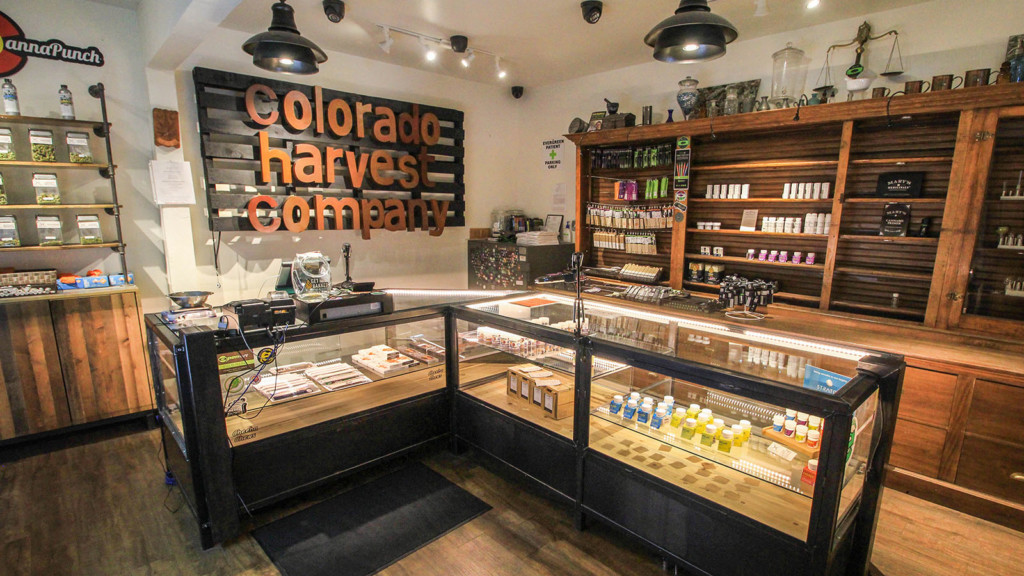
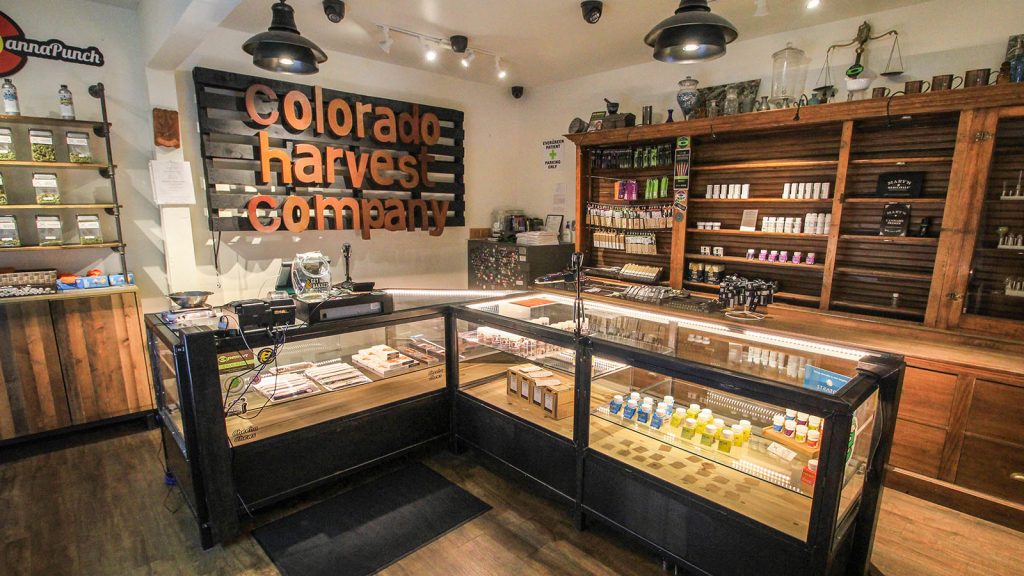
According to a market report from Zillow in November 2018, the median home value in Denver was $424,200, an 8 percent increase from a year earlier. The CSU academics aren’t the first to study the impact dispensaries on housing prices in Colorado — and they’re not the first to find the impact is a positive one.
A 2018 study focused on retail dispensaries showed legalization leads to an average 6 percent increase in housing values. A 2017 study examining the effects of conversions from medical marijuana to retail marijuana stores on neighboring house values in Denver showed the value of single-family homes near a retail conversion rose by roughly 8 percent, compared with homes farther away.
The CSU professors examined assessor-defined neighborhoods, which are small, typically numbering around 100 homes. Their study shows a dispensary’s positive impact diminishes to around a 4.7 percent sales increase for houses within one-quarter- to one-half mile (about 400-800 meters) away, and the effect disappears entirely for homes that are further out.
Those findings, Burkhardt said, are further evidence the impact is real.
“It’s just kind of intuitive the effect would diminish the further you go from the center point,” Burkhardt said.
Studying the price impact of a unique event, such as a stadium opening or the opening of a new retail establishment, on housing prices is commonplace. Researchers in some of these studies employ what’s known as the hedonic method, a regression technique used to estimate the impact of a number of factors that affect housing prices.


They take an overall selling price of a home, and attempt to break down that price by figuring out the value of each individual element that plays a part in the overall price, such as the number of bedrooms, lot size, demographics, the makeup of nearby businesses — and events like the opening of a professional sports stadium or a big-box retailer.
Burkhardt said he believes his study to be the only one so far that uses the hedonic method to evaluate the impact of individual marijuana dispensaries on housing prices.
Not only does the study show that dispensaries increase the selling prices of nearby homes, it appears they affect housing prices similar to other businesses that are considered less controversial.
A 2014 study shows a new Wal-Mart store increases housing prices by between 2 percent and 3 percent for homes within one-half mile, or about 800 meters, of the store, while a 2017 study shows that new grocery stores increase nearby housing prices by roughly 7 percent. The mechanisms through which grocery stores affect housing prices are more obvious than dispensaries, the CSU paper notes.
“For instance, all households need groceries and nearby grocery stores provide convenience,” the paper states. “If public sentiment surrounding marijuana is positive, homebuyers may also prefer to select into neighborhoods with more dispensaries for convenience. Ultimately, however, our data does not allow us to directly determine the underlying mechanisms driving this result, so these potential explanations should be considered speculative.”
The answers to why dispensaries have this impact are left to speculation in the paper. It could depend on what a particular dispensary is displacing. Put a dispensary on a vacant, trash-littered lot and you’re cleaning up the neighborhood, Burkhardt reasons. It could be that dispensaries are attracting curious people and tourists to areas, adding appeal to the overall neighborhood.
“One of my guesses is that it’s still a relatively novel thing,” Burkhardt said.


